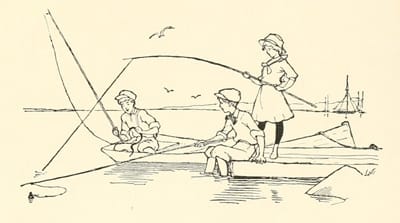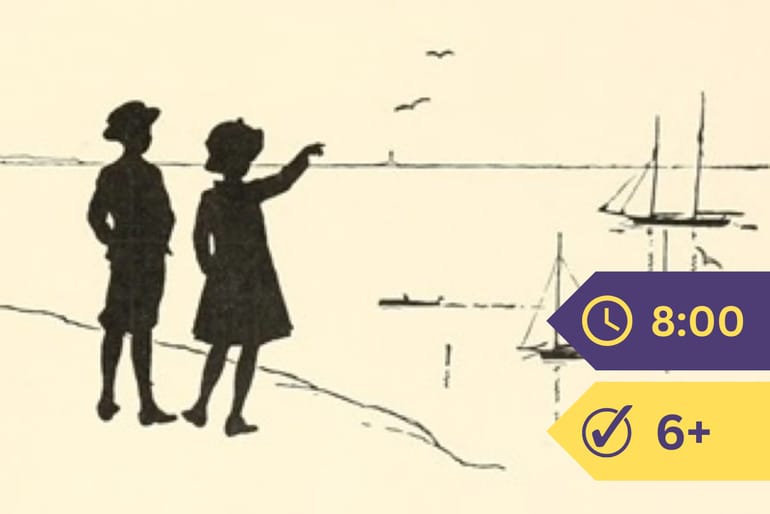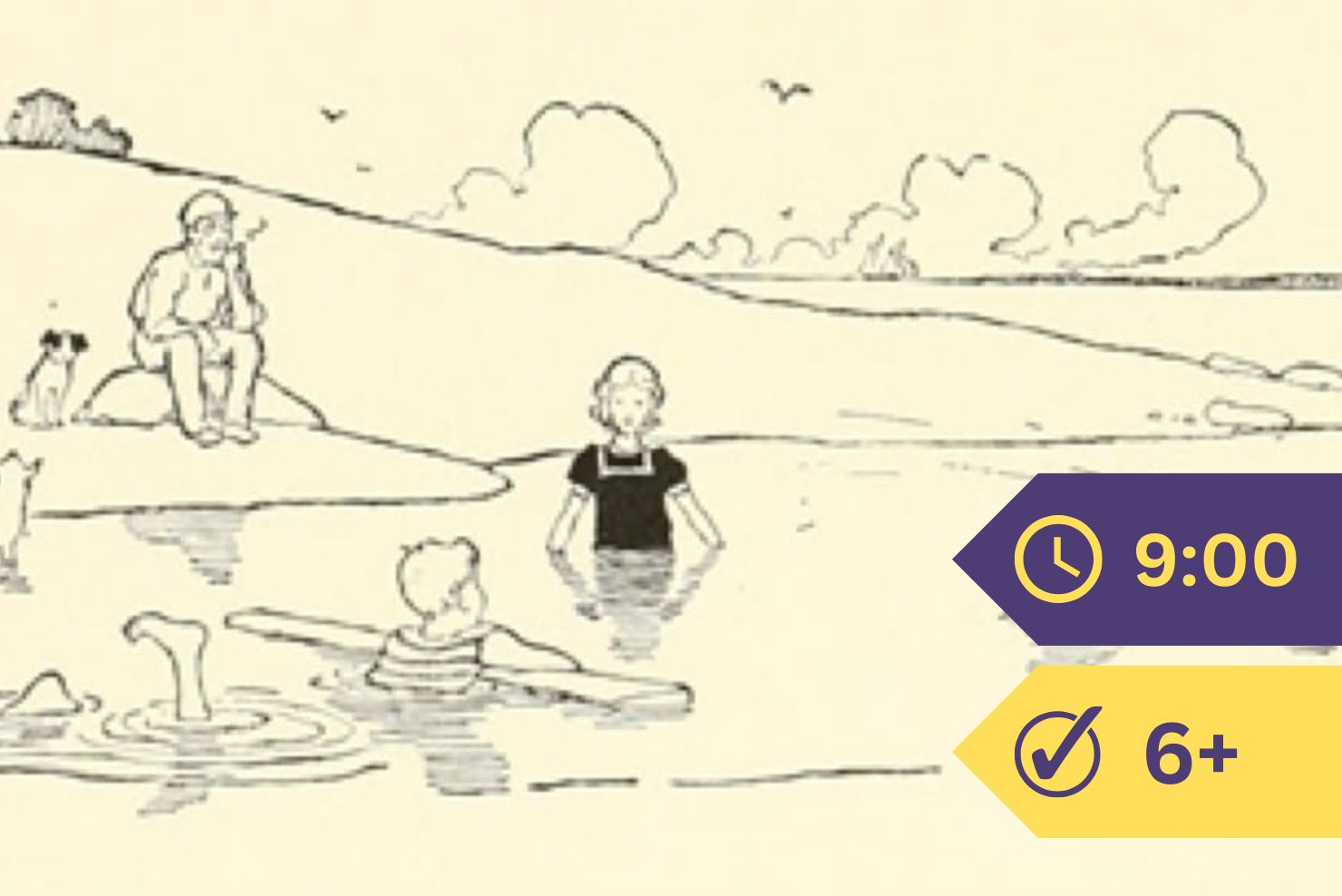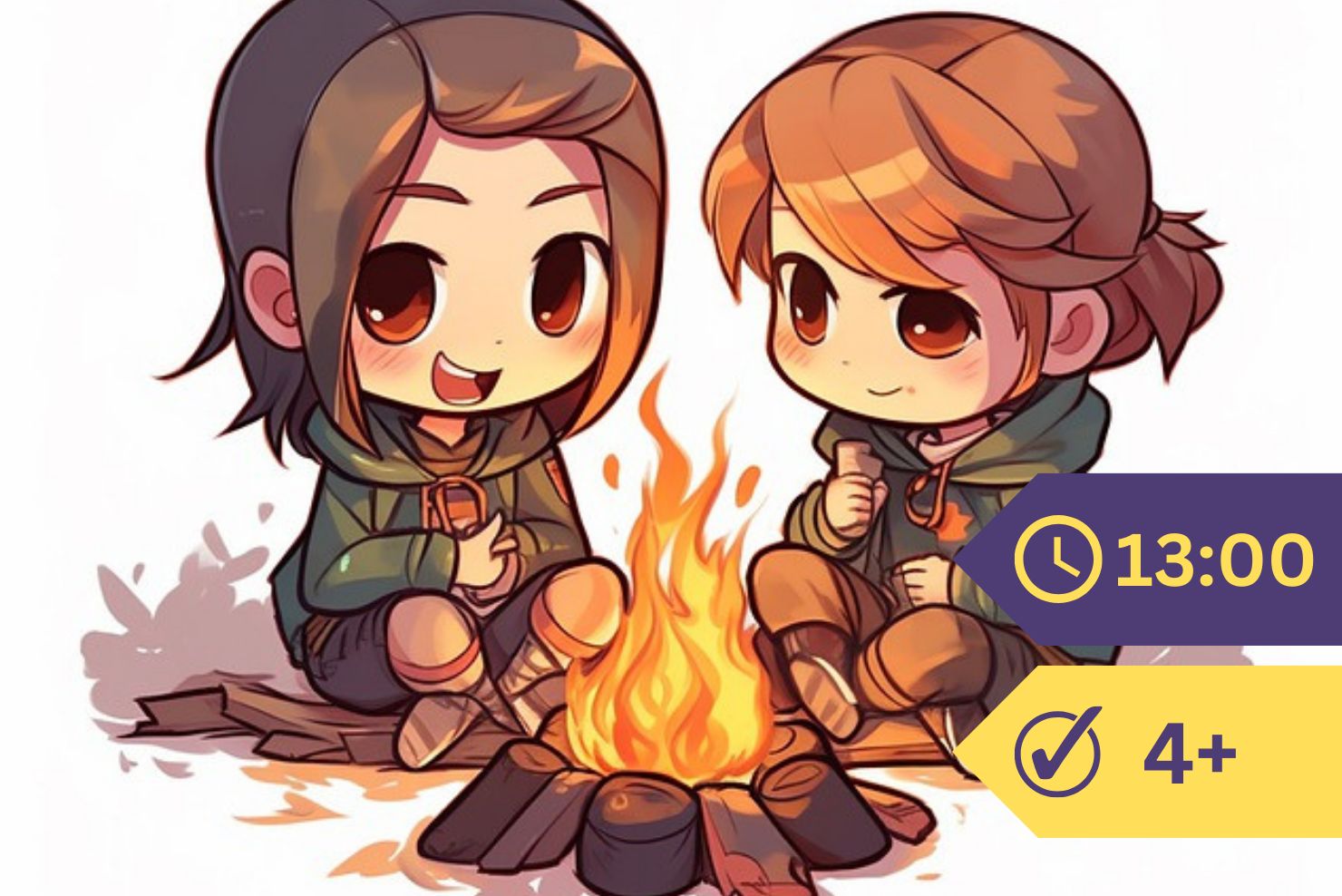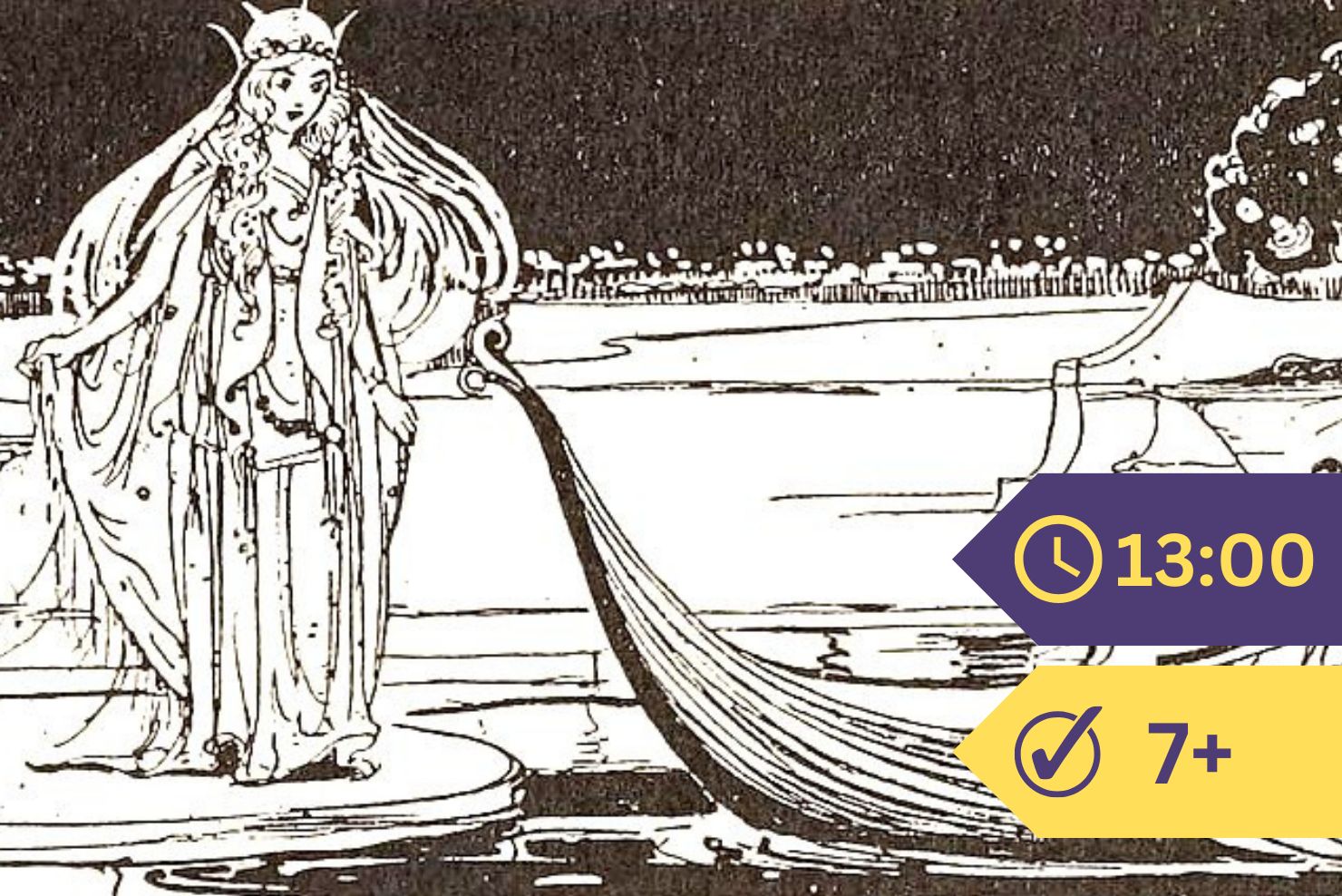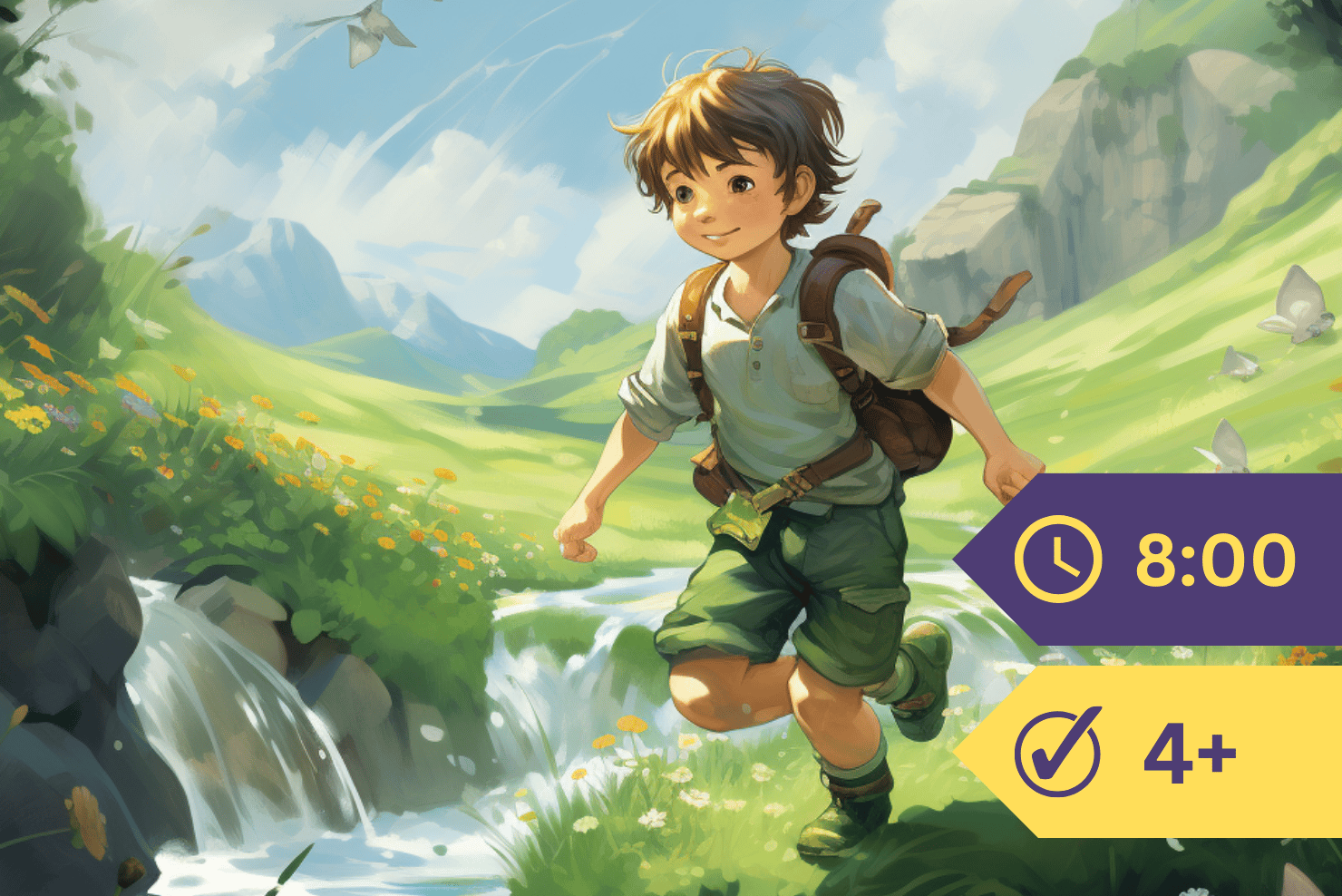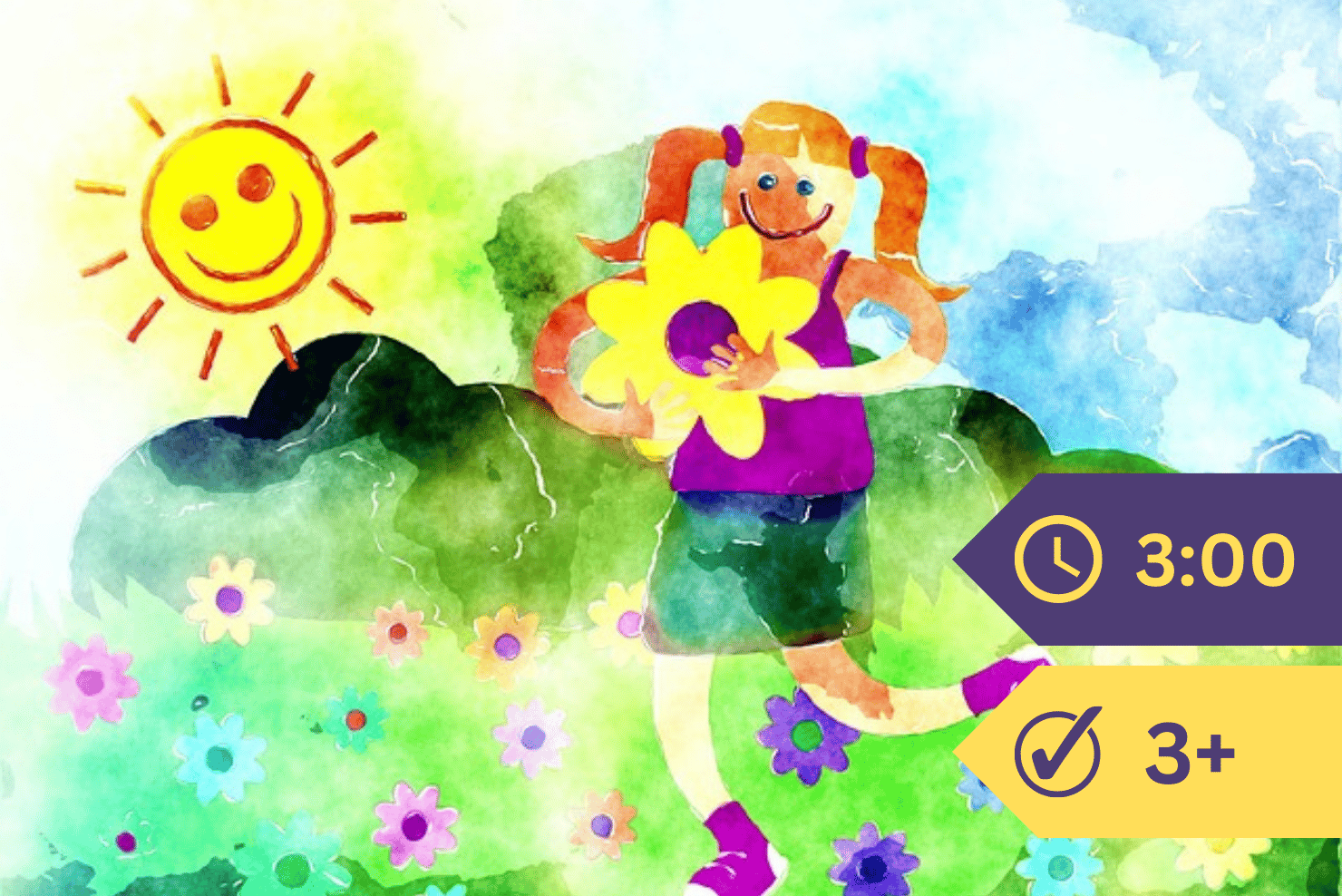Now I will tell you how Bob and Betty spent the summer at the coast with Captain Ben Hawes. Captain Ben was an old sailor. After forty years of service on the high seas, he had come ashore.
Tough and hearty, and with endless stories of strange adventures in foreign ports and with native peoples, he was more interesting to the children than the most fascinating fairy tale book.
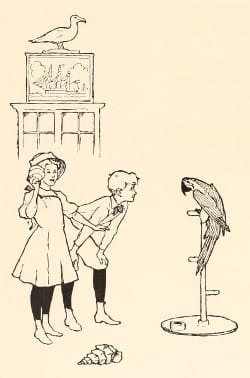
His house was a small museum with all kinds of items from distant lands. There were the big green parrot that shouted “Ship ahoy” and “All aboard!”, the shells that gave the murmuring echo of the ocean when held to your ear, and the peculiar objects with strange shapes from faraway lands. The boy and the girl found everything equally interesting and fun.
On their first day, the weather was fine and the bay was calm, so Captain Hawes took the children out for a sail in his boat. How wonderful it was to glide so easily over the gleaming water. The coast, the docks, and the ships at the yards were all so interesting to see from the water.
The Captain told them all about the different vessels they passed, the fishermen, the coal barges, and the drift boats. How they sailed and where they were going. The children listened spellbound. The Captain loved to talk about ships and the sea, but he also knew a lot about the history of things related to sea life. He told them about the first people who, long, long ago, started wandering around on rafts and canoes carved from tree trunks.
“In the South Pacific, some peoples still make these canoes. I have seen them often,” he explained. “And of course, you have heard of the birch bark canoes of our Indians. Then the use of sails was gradually developed, and the boats and ships became bigger, and now the day of the steamship has arrived.”
“I would like to teach you everything about making boats and ships,” he added. “If it’s okay, I will take you to the yards tomorrow and show you how they make them. Then, when you go home, where they don’t know much about such things, you can tell them all about it.”
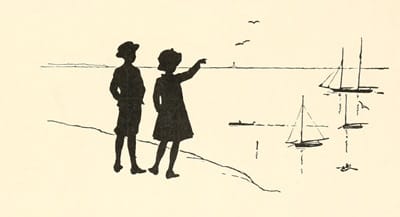
The next day, Captain Hawes kept his promise and took the children to Stewart’s Boat Shop, where a fishing boat was being built. He showed them how the frame was made, the keel, the ribs, the bow, and the stern of the boat. He also showed them how the planks were laid. How everything was made as tight and strong as possible, so the boat could withstand the stress of being tossed back and forth by heavy seas.
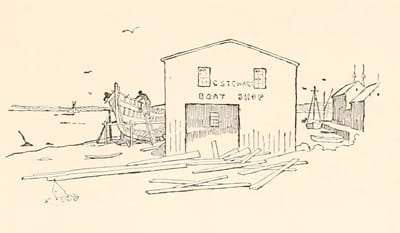
Bob followed it all with enthusiasm, as he loved carpentry and working with tools. He vowed to one day build a boat himself.
After everything had become clearer and easier to understand, by the example of the fishing boat, the Captain suggested they visit the shipyard, where a real life-sized ship was being built.
Here they encountered a busy bunch of men who were working hard. Some were chopping at the wood with broad axes, others were sawing planks, and still others were using whip saws and making logbooks.
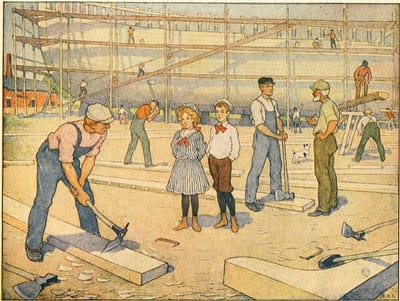
On the scaffolds around the large ship, which towered over them as high as a house, there were even more men who carried planks on their shoulders and brought them to the place where they had to be screwed down.
And how big it all was! The children looked around in amazement. They had seen such ships on the water, but they had never known how large the hulls were in reality, almost as big as a block of houses, or so it seemed.
Captain Hawes then showed them how this big ship was built according to the same principle as the small boat they had just seen. And if the children didn’t understand everything yet, it wasn’t the Captain’s fault. The subject was quite big for beginners. But it was a great sight, and not everyone had the chance to see a ship being built, and they knew that.
On their way home, they rowed past sloops with a strange kind of plank at the end of the bowsprit. The Captain said it was called a “pulpit.” These boats went after swordfish, and on the “pulpit” stood a man with a spear in his hand, while a “lookout man” kept the fish in sight. When the boat was close enough, the man with the spear was ready and speared the fish as they passed by. He promised to show the children these big fish if there was a catch next time.
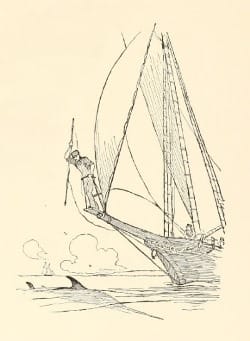
Although there were so many interesting things to see and learn on the coast, the beach was also an ideal place to play. The boy and girl loved it so much that it couldn’t be compared to anything else.
Digging for mussels was also a fun thing to do on the beach. Captain Hawes took them at low tide to the soft mud and showed them how to dig up the mussels. And then the pleasure of roasting them in the driftwood fire, or making a delicious soup out of them.
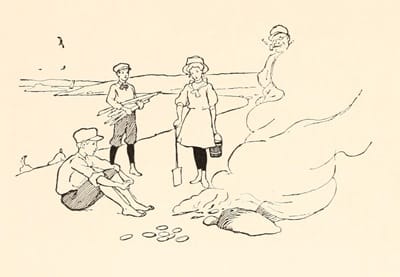
Here the children met their friend, Patsey Quinn. Captain Hawes jokingly called him a little water rat because Patsey was raised along the coast and knew everything about the beach. He turned out to be a very valuable friend for Bob and Betty, and the Captain could trust him to take care of them because he knew exactly what was safe and what wasn’t.
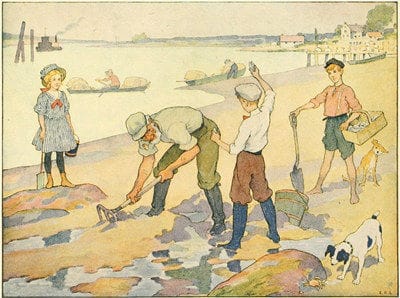
He took the children on many expeditions along the beach. He knew exactly where the best clams and mussels were to be found, where the crabs lived and how to catch them. Wading between the seaweed-covered rocks, they had exciting adventures, with crabs occasionally nipping at their toes or fingers because crabs just don’t like being caught.
Patsey also taught his new friends how to fish, although they never became as good as he was. They seemed to catch more bullhead fish than anything else, and although bullhead fish looked like great creatures, they were not, Patsey explained, very good to eat. Cod and eel tasted better. But Betty was afraid of eel. They wriggled so much.
The many types of seaweed and shells also interested the children. The colorful pebbles were so beautiful and round because they were rolled by the sea, Patsey explained to them.
He also showed them how to skip flat stones over the water surface, until they could skip the stones several times before they sank.
There was no end to the variety of exciting and educational activities. Every day seemed to bring new fun adventures. The children, browned by the sun, enjoyed it to the fullest.
